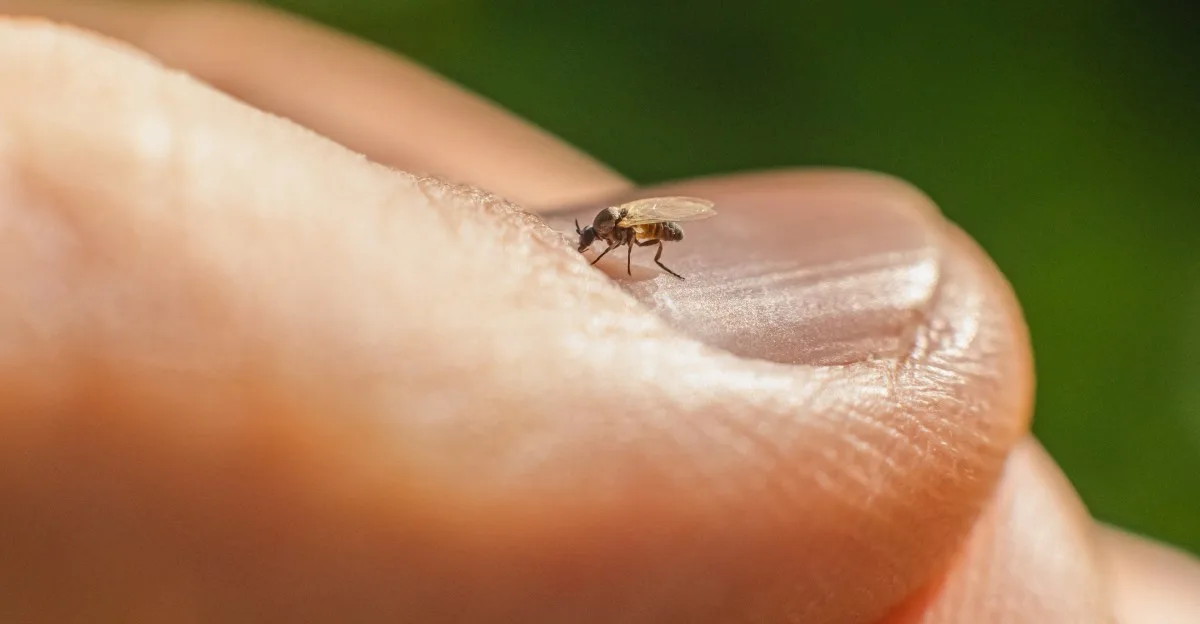Oropouche Fever: An Emerging Health Threat in Latin America
Oropouche fever, a viral disease previously flying under the radar, is increasingly becoming a notable public health issue, particularly in Latin America. Here’s what you need to know about this emerging threat.
What is Oropouche Fever?
Oropouche fever is caused by the Oropouche virus (OROV), which is transmitted to humans through the bites of infected Culicoides midges and mosquitoes. The disease is characterized by symptoms similar to other viral infections, making it crucial to understand its specific impact.
Symptoms of Oropouche Fever
Common symptoms of Oropouche fever include:
- Sudden high fever
- Severe headache
- Muscle aches (myalgia)
- Joint pain (arthralgia)
- Gastrointestinal issues (nausea, vomiting)
In some cases, patients may also experience neurological symptoms. Symptoms typically last for a few days to a week, but can occasionally persist longer.
Why is it a Concern?
Several factors contribute to the rising concern about Oropouche fever:
- Geographic Spread: The virus is spreading to new regions within Latin America, increasing the number of people at risk.
- Misdiagnosis: Its symptoms are similar to those of dengue fever, Zika virus, and chikungunya, leading to potential misdiagnosis and delayed treatment.
- Lack of Awareness: Limited public awareness and understanding of the disease can hinder prevention efforts.
Prevention and Control
Effective prevention strategies include:
- Using insect repellent
- Wearing long-sleeved clothing
- Avoiding areas with high mosquito and midge populations, especially during peak biting times
- Eliminating breeding sites for mosquitoes and midges (e.g., standing water)
Public health initiatives focused on surveillance, accurate diagnosis, and vector control are essential to manage and mitigate the spread of Oropouche fever.
Final Overview
Oropouche fever is an emerging public health challenge in Latin America. Recognizing the symptoms, understanding transmission routes, and implementing preventive measures are crucial steps in controlling its spread and protecting vulnerable populations. Increased awareness and robust public health strategies are vital in addressing this growing threat.




+ There are no comments
Add yours